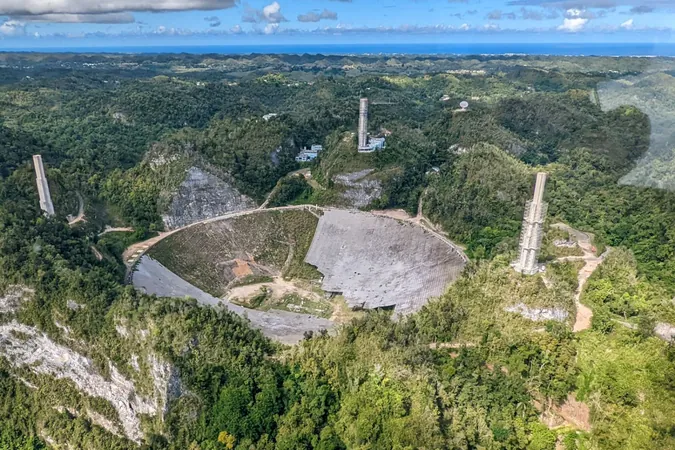
Shocking New Details Unveiled: What Really Caused the Arecibo Telescope's Collapse?
2024-11-05
Author: Michael
Introduction
The astounding Arecibo Observatory in Puerto Rico met its untimely demise due to a combination of deteriorating infrastructure and unforgiving natural disasters, according to a revealing report by the National Academies of Sciences, Engineering, and Medicine.
The Collapse of Arecibo Telescope
Once a landmark of radio astronomy, the Arecibo Telescope collapsed dramatically in December 2020, bringing to a sudden halt decades of groundbreaking research and discovery. The freshly published report indicates that the primary reason behind the collapse was “unprecedented and accelerated long-term zinc creep induced failure.” This failure manifested in the telescope's crucial cable sockets, which were responsible for supporting its massive 900-ton platform that loomed over the expansive radio dish.
Warning Signs Ignored
Leading up to the collapse, the cables began to exhibit signs of failure. In a bid to prevent catastrophe, the National Science Foundation (NSF) considered demolishing the dish, but the weakened infrastructure collapsed before they could take action. The committee, known formally as the Committee on Analysis of Causes of Failure and Collapse of the 305-Meter Telescope at Arecibo, meticulously examined data and investigations from the University of Central Florida and NSF to arrive at their conclusions.
The Impact of the Collapse
The dramatic fall of the telescope’s platform was swift and catastrophic, taking less than 10 seconds, as it plummeted through the 1,000-foot (304.8-meter) radio dish. This sudden collapse not only signified the end of 57 years of astronomical research but also halted significant contributions to our understanding of the universe, including the discovery of new exoplanets, the mapping of distant worlds, observing mysterious fast radio bursts, and contributing to efforts in the search for extraterrestrial life.
Post-Hurricane Concerns
Alarmingly, the report sheds light on a lack of urgency concerning the issues that arose following Hurricane Maria in 2017. Inspections post-storm revealed evidence of cable slippage, yet no further investigations were initiated. “The lack of documented concern from the contracted engineers regarding cable pullouts or safety factors is alarming," the committee emphasized, highlighting a serious oversight that stretched over 39 months, beginning immediately after the hurricane's devastating impact.
Unique Failure Analysis
Moreover, the report presents a perplexing twist: throughout a century of observing and operational success, this type of “spelter socket failure” had never been documented in similar telescopes. The committee speculated that the potent electromagnetic radiation environment of the Arecibo Telescope may have accelerated the deterioration of the cables, leading to the disastrous outcome.
Conclusion and Implications
This new information prompts many to question: Could this monumental loss have been prevented? And what does it mean for the future of astronomical infrastructure? As we unravel these shocking revelations, one thing remains clear: the legacy of Arecibo Observatory will endure, but its tragic end serves as a vital lesson for the scientific community. Stay tuned for further updates on this unfolding story!
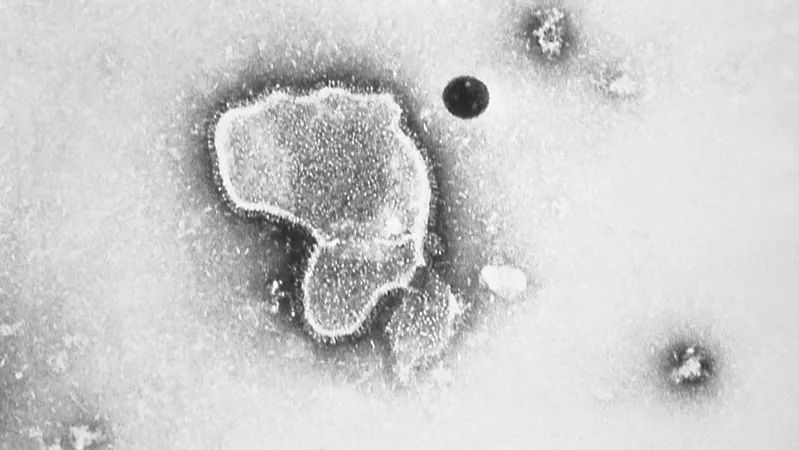




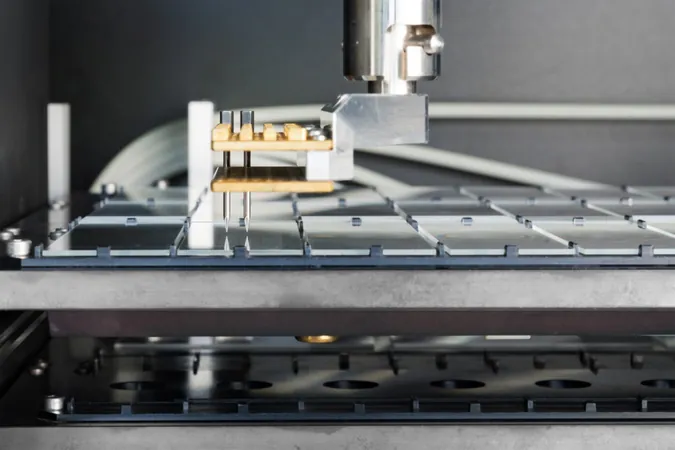
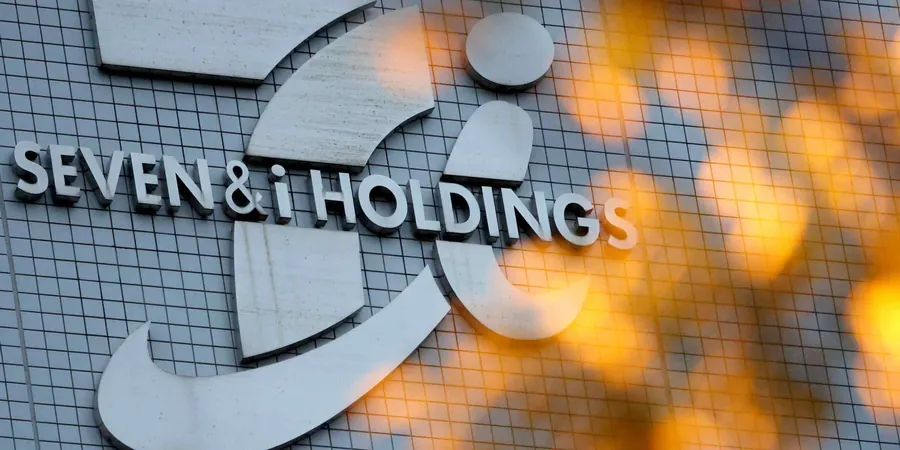

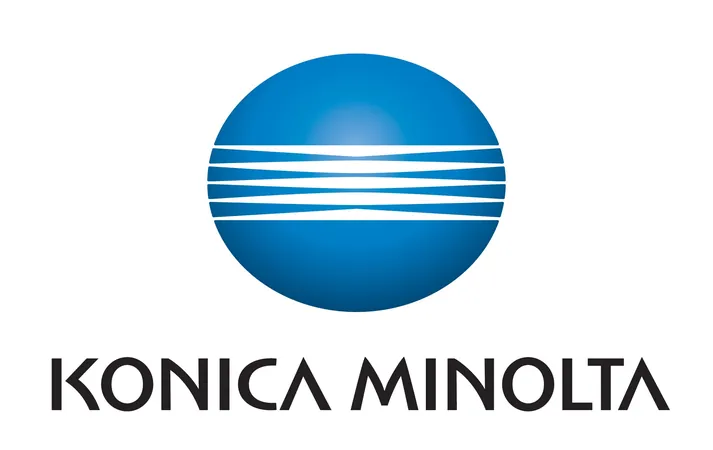
 Brasil (PT)
Brasil (PT)
 Canada (EN)
Canada (EN)
 Chile (ES)
Chile (ES)
 España (ES)
España (ES)
 France (FR)
France (FR)
 Hong Kong (EN)
Hong Kong (EN)
 Italia (IT)
Italia (IT)
 日本 (JA)
日本 (JA)
 Magyarország (HU)
Magyarország (HU)
 Norge (NO)
Norge (NO)
 Polska (PL)
Polska (PL)
 Schweiz (DE)
Schweiz (DE)
 Singapore (EN)
Singapore (EN)
 Sverige (SV)
Sverige (SV)
 Suomi (FI)
Suomi (FI)
 Türkiye (TR)
Türkiye (TR)